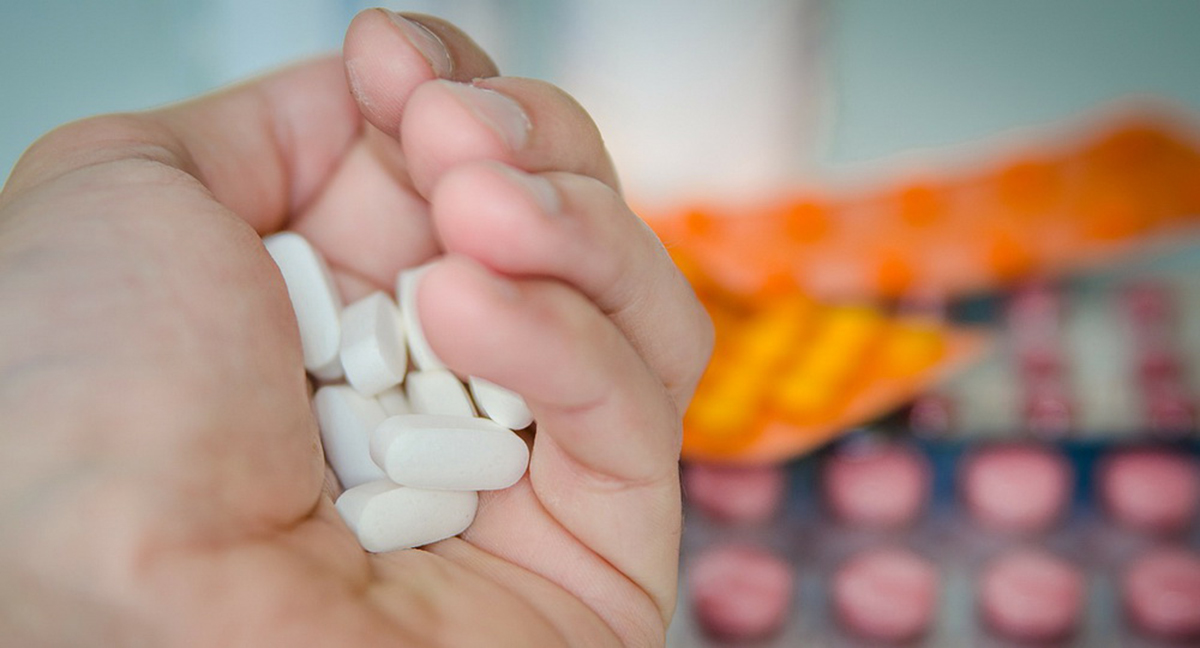Table of Contents
"No prescription? Have some of mine!" is a surprisingly common conversation between friends and family members in the USA. A study by the US Centers for Disease Control found that 27% of men and 29% of men either gave or received prescription medications from others, and 37% of women aged 18 to 44 engaged in prescription sharing.

In the United States, even after the advent of Obamacare, many people simply can't afford prescription drugs.
Even people who have insurance may have to pay the first $100, $500, $1000 or more of their annual prescription medication cost, plus a copay of $5 to $150 for all but the cheapest generic prescription medications.
The United States is hardly the only country in the world where the pharmacy bill can be a major hit on the family budget. One survey found that 10% of Canadians didn't get prescribed drugs because of financial barriers. In many countries in Eastern Europe, getting some prescription drugs can be a major financial challenge. And throughout much of Latin America, Africa, and Asia, many modern drugs are simply of reach.
What kinds of drugs are most often shared?
- In the USA, younger people are most likely to share antihistamines and pain killers. Older people are most likely to share drugs for diabetes, high blood pressure, and cardiovascular disease.
- In Latin America, Asia, and Africa, people are most likely to share antibiotics.
- In Europe, people are most likely to share psychoactive drugs.
- And in schools around the world, students who have prescriptions for "study drugs," usually the medications used to treat ADHD, are pressured by their peers to share, especially around exam time. Some teenagers become "Adderall entrepreneurs," peddling their prescriptions for $2 to $20 per pill.
Drugs for high blood pressure and diabetes have to be taken on a regular basis to be effective. Failing to take beta-blockers for hypertension, for example, can result in rebound hypertension in which high blood pressure goes even higher than before it was treated. Not taking all the antibiotics you are prescribed can kill all but the most virulent bacteria, which multiply and come back as an even worse infection,, releasing resistant bacteria into your environment. And the pills you take for energy can cause a crash when you come off them.
See Also: The Dangers Of Prescription Drugs
And when are drugs most likely to be shared?
- In the US and in some provinces of Canada, as well in many other countries that don't have national health insurance systems, many people are responsible for 100% of the cost of their medications until they have spent $250 to as much as $5000 in a single calendar year. When people have to pay 100% of the cost of their medications, they are less likely to buy them.
- When people don't have any insurance at all, not surprisingly, many do not buy the medications their doctors prescribe for them.
- Mann BS, Barnieh L, Tang K, Campbell DJ, Clement F, Hemmelgarn B, Tonelli M, Lorenzetti D, Manns BJ. Association between drug insurance cost sharing strategies and outcomes in patients with chronic diseases: a systematic review. PLoS One. 2014 Mar 25. 9(3):e89168. doi: 10.1371/journal.pone.0089168. eCollection 2014. PMID: 24667163.
- Photo courtesy of jarmoluk by Pixabay : pixabay.com/en/medications-cure-tablets-pharmacy-257344/
- Photo courtesy of Evan Blaser by Flickr : www.flickr.com/photos/evanblaser/6451575117


Your thoughts on this